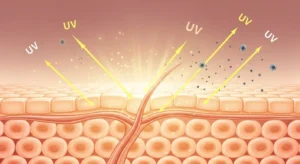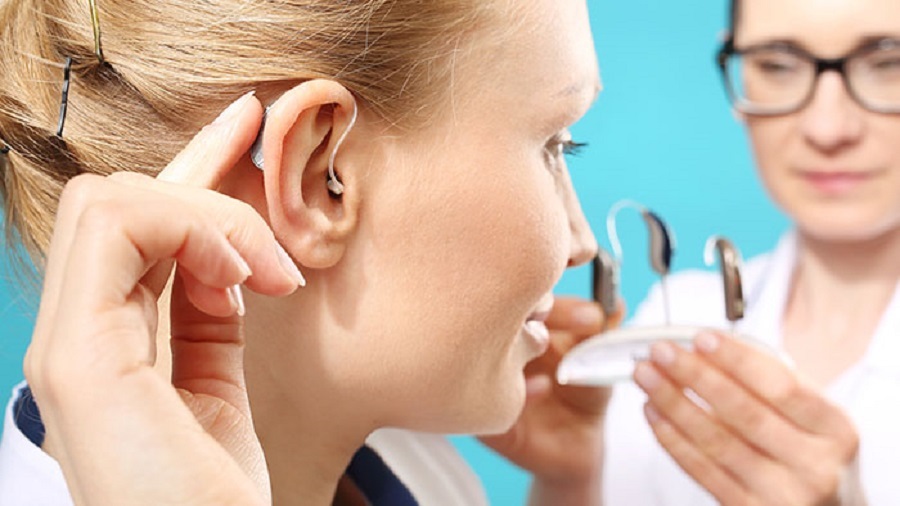What is Tretinoin?
Tretinoin is a powerful vitamin A derivative used in skincare for decades. Its main function is to accelerate cell turnover, unclog pores, and stimulate collagen production, making it highly effective for treating acne, fine lines, and pigmentation. This is available in several strengths, such as 0.025%, 0.05%, and 0.1% creams, each suitable for different skin sensitivities and treatment goals. Understanding the formulation and proper usage is key to achieving visible improvements in skin health.
It works by penetrating the skin and promoting the shedding of old, damaged cells while encouraging the growth of new, healthier skin. This process not only helps with acne reduction but also improves overall skin texture and diminishes signs of aging, making it a versatile addition to any skincare routine.
Primary Benefits of Tretinoin
The benefits of tretinoin extend beyond acne management. Regular use can help smooth out fine lines, reduce the appearance of wrinkles, and fade dark spots or hyperpigmentation. It also enhances skin texture, giving the face a fresher and more youthful appearance. It is particularly effective when used consistently over several months, as improvements accumulate gradually, leading to long-lasting results.
Besides its anti-aging and pigment-correcting benefits, tretinoin strengthens the skin barrier, making it more resilient to environmental stressors. Many dermatologists recommend combining tretinoin with a gentle moisturizer and sunscreen to protect the skin and maximize results.
Expected Timeline: Before and After
When tracking tretinoin results, it is essential to understand that changes occur gradually.
-
Week 1–4: Most users experience initial dryness, mild redness, and occasional peeling. This phase, often called the purging period, is normal as the skin adjusts.
-
Month 1–3: Visible improvements begin. Acne may reduce significantly, and skin texture starts to even out. Dark spots and hyperpigmentation may start to fade.
-
Month 3–6+: Long-term benefits become noticeable. Fine lines appear diminished, skin tone becomes more uniform, and the overall complexion looks healthier and rejuvenated.

Maintaining patience during the first few weeks is important. Consistency in application, along with proper sun protection and moisturizing, ensures optimal outcomes.
Real Before and After Results
Many users report remarkable changes in their skin after continuous tretinoin use. For acne sufferers, its use before and after comparisons show significant reductions in breakouts and clogged pores. Individuals concerned with aging notice smoother skin and a decrease in fine lines and wrinkles over several months. Those with pigmentation issues often see a gradual fading of dark spots, leading to a more balanced skin tone.
While results vary depending on skin type, strength of It, and consistency, the transformations are often substantial and long-lasting. Incorporating a gentle skincare routine that supports tretinoin’s effects can accelerate improvements and maintain skin health.
How to Apply Tretinoin for Maximum Results
Applying it correctly is essential for effectiveness and minimizing irritation. Follow these steps for the best results:
-
Cleanse your face with a gentle, non-irritating cleanser.
-
Apply a pea-sized amount of Its cream evenly across the skin, avoiding the eyes, lips, and nostrils.
-
Start using tretinoin 2–3 times a week if you have sensitive skin and gradually increase frequency as your skin adjusts.
-
Always follow up with a moisturizer to prevent dryness and peeling.
-
Use broad-spectrum sunscreen every morning, as tretinoin increases sun sensitivity.
These practices ensure the skin adapts to tretinoin gradually while maximizing its benefits.
Managing Side Effects
Some side effects are common when beginning tretinoin treatment. These include redness, peeling, dryness, and temporary irritation. To manage these effects:
-
Apply a moisturizer before or after tretinoin to reduce dryness.
-
Limit use initially if your skin is highly sensitive and increase gradually.
-
Avoid harsh exfoliants, strong acids, and other irritating products.
-
Always protect the skin from the sun with SPF 30 or higher.
Understanding and managing these side effects early ensures the skin adjusts without excessive irritation, leading to safer and more effective results.
Skincare Combinations to Avoid
While tretinoin is highly effective, it is important not to combine it with certain ingredients that can increase irritation. Avoid using AHAs, BHAs, benzoyl peroxide, or harsh exfoliants simultaneously. Combining these can lead to over-exfoliation, redness, and peeling, which may compromise skin health.

Instead, pair tretinoin with hydrating serums, gentle cleansers, and sunscreens to support the skin barrier while reaping the full benefits of tretinoin.
Tips for Long-Term Success
For sustainable results, follow these tips:
-
Consistency is key. Apply tretinoin as part of your regular nightly skincare routine.
-
Always protect your skin from UV exposure. Daily sunscreen use prevents damage and supports results.
-
Adapt your skincare routine over time. As skin improves, you may reduce dryness with stronger moisturizers or adjust the frequency of application.
-
Pay attention to lifestyle factors such as diet, hydration, and sleep, as these can impact skin health and treatment outcomes.
FAQs – Common Questions About Tretinoin
Can tretinoin make skin worse before it gets better?
Yes, initial redness and purging are normal. These symptoms indicate that tretinoin is accelerating skin turnover.
Is tretinoin safe for sensitive skin?
Yes, starting with a lower strength such as 0.025% and applying gradually can minimize irritation.
Can tretinoin be used with other treatments?
Avoid strong acids and exfoliants. Combine tretinoin with gentle moisturizers and sunscreen for the best results.
Lifestyle and Skincare Impact on Tretinoin Results
While tretinoin is effective on its own, diet, hydration, and sleep can enhance its results. Eating antioxidant-rich foods, drinking enough water, and getting sufficient rest support skin repair and improve overall appearance. Regularly following a gentle skincare routine ensures that tretinoin works optimally without causing unnecessary irritation.
How to Transition Off Tretinoin Safely
When discontinuing tretinoin, reduce usage gradually rather than stopping abruptly. Maintain a moisturizer-rich routine and continue using sunscreen to protect the skin. This approach helps preserve results and minimizes potential setbacks, such as breakouts or uneven texture.
Common Misconceptions
Many people believe that it provides instant results or that it is unsafe for long-term use. In reality, it works gradually, and its effects are cumulative. Understanding this helps set realistic expectations and encourages consistent application for lasting improvements.
Conclusion
Tretinoin is a versatile and effective treatment for acne, fine lines, pigmentation, and skin texture. By following proper application techniques, protecting the skin barrier, and maintaining a consistent routine, you can achieve significant transformations. Observing tretinoin before and after results helps users track progress and stay motivated. With patience and care, it can be a game-changer for healthy, youthful-looking skin.






















Leave a Reply